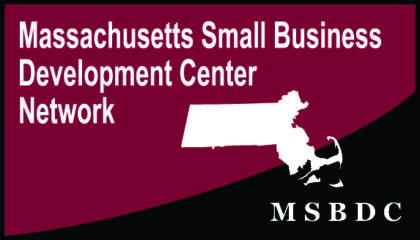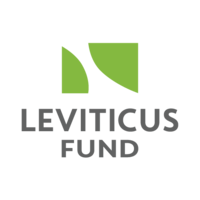Cash Flow & Budget Resources
Discover information, articles, news, and public/private organizations that can help with your cash flow/budget needs.
Resource Index » Cash Flow & Budget Resources
FAQs
A business budget is a detailed financial plan consisting of sales/revenue, costs, expenses, and calculations of cash flow and profit.
You forecast your revenues and determine your costs and expenses. You then calculate pretax profit, cash flow, and net profit based on what you think is the best use of your business funds. You then go back and compare your plan to your actual results.
The budget also creates an idea of how to control and best spend your money. Note: If you do not have a cost or expense in your budget, you are less likely to spend it.
In summary, a budget will help you:
- Forecast what money you expect to earn
- Plan where to spend that revenue
- Better control your costs and expenses
- See the difference between your plan and reality
The best budgets are simple and flexible. If circumstances change (as they do), your budget can flex to give you a guide as to your best source of action.
Every good budget should include six components:
1. Your estimated revenue
This is the amount you expect to make from the sale of goods or services, regardless of what you spent to get there. This is the first line on your budget. Forecasts are based on historical numbers and impending customer orders or letters of intent to buy. If you’re a startup, a forecast can be based on industry averages.
2. Your fixed costs
These are all your regular, consistent costs—things like rent, insurance, utilities, bank fees, accounting and legal services, and equipment leasing.
3. Your variable costs
These costs change according to production or sales volume, and are closely related to “costs of goods sold,” i.e. anything related to the production or purchase of the product your business sells. This might include raw materials, inventory, production costs, packaging, or shipping. Other variable costs can include sales commission, credit card fees, and travel. A clear budget plan outlines what you expect to spend on all these costs.
The cost of salaries can fall under both fixed and variable costs. For example, your core in-house team is usually associated with fixed costs, whereas production or manufacturing teams—anything related to production of goods—are treated as variable costs. Make sure you file your different salary costs in the correct area of your budget.
4. Your one-off costs
One-off costs fall outside the usual work your business does. These are startup costs like equipment, furniture, software, and other costs related to research and launch. Forecasting these expenses carefully is important. One-off costs are generally unpredictable, and can easily upset a controlled spending plan.
5. Your cash flow
This is all the money traveling into and out of a business. You have positive cash flow if there is more money coming into your business than going out, over a set period of time. This is most easily calculated by subtracting the amount of money available at the beginning of a set period and at the end. Cash flow is calculated as pretax profit plus back depreciation and amortization (non-cash expenses) plus interest earned from passive investments.
Since cash flow is the oxygen of every business, make sure you monitor this weekly, or at least monthly. You could be raking it in, but not have enough money on hand to pay your suppliers.
6. Your profit
The profit is looked at two ways. The first is the pretax profit which is your profit before accounting for taxes. This profit does consider depreciation and amortization as expenses.
Net profit deducts all taxes due. This profit is generally what banks and other institutions consider. This is because net profit is a way of looking at the business considering all costs and expenses. Depreciation and amortization are ways of accounting for the obsolescence of capital investments. That is, accounting for the fact you will have to reinvest in the future.
Cash flow is used to help run a company in the short term, because it is a measure of money a Company has in hand. This is most easily calculated by subtracting the amount of money available at the beginning of a set period and at the end. Cash flow is calculated as pretax profit + adding back depreciation and amortization (non-cash expenses) + interest earned from passive investments. The problem is that cash flow does not account for the long-term operating needs of the Company. By excluding depreciation and amortization the Company does not recognize that in the mid to long term reinvestment in assets will be required.
You can budget cash flow by adding back forecasted depreciation and amortization expenses.














